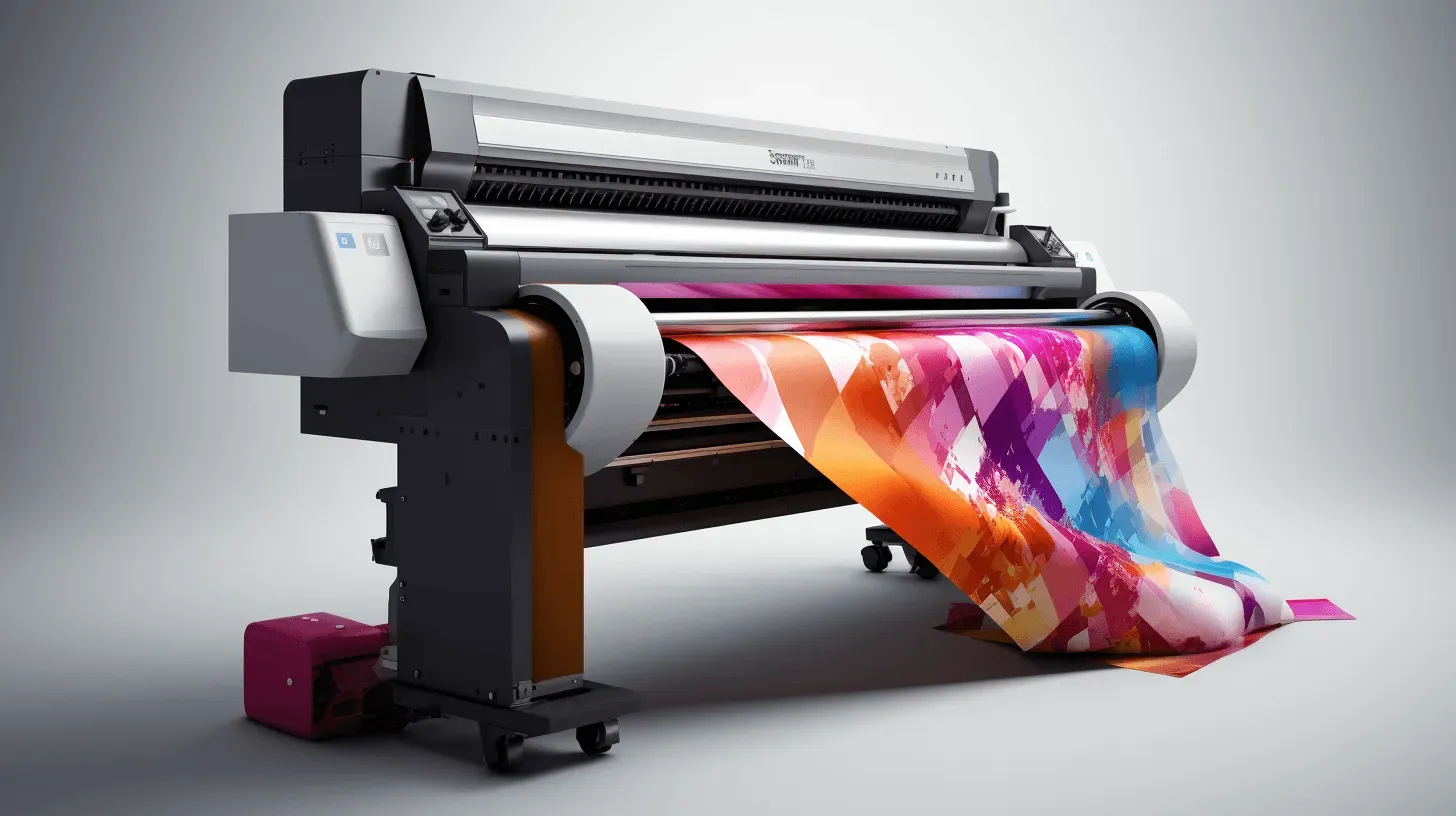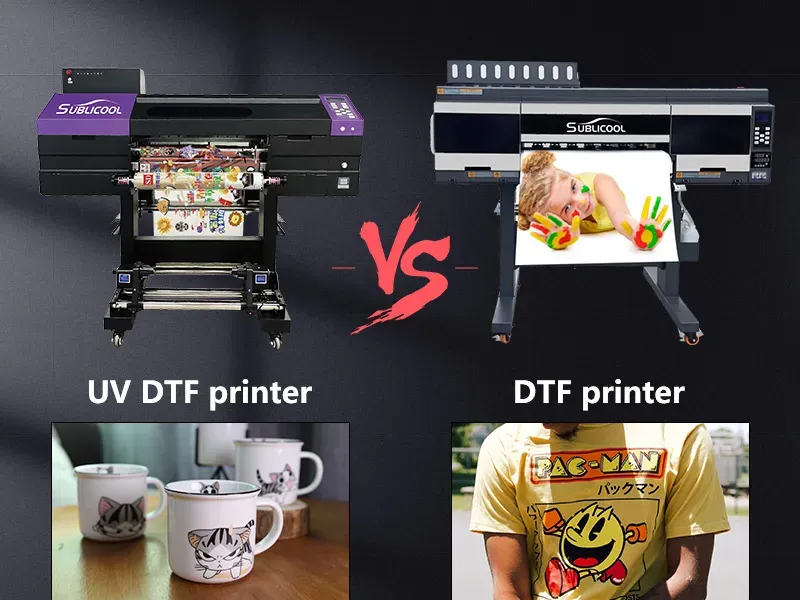UV DTF Printing Techniques: Maximize Your Productivity
In the dynamic world of modern printing, UV DTF (Direct to Film) printing techniques are emerging as pivotal advancements that redefine operational efficiency. This innovative printing method blends cutting-edge UV printing technology with traditional film transfer practices, enabling businesses to achieve remarkable printing efficiency and stunning results. By utilizing UV light for instant curing, these techniques not only maximize productivity but also contribute to sustainable printing efforts, minimizing material waste and reducing environmental impact. As businesses increasingly adopt UV DTF printing, they find themselves better equipped to deliver high-quality prints across a diverse range of substrates—including textiles, plastics, and metals. This introduction to UV DTF techniques promises to unveil how this technology can revolutionize operations for print service providers across various industries.
Often referred to as Direct to Film UV printing, the UV DTF process represents a transformative leap in the printing technology landscape. This hybrid printing method uniquely combines the durability and vibrancy of ultraviolet curing with the versatility of film transfers, appealing to businesses across multiple sectors. With its ability to print on a myriad of surfaces, this approach enhances the efficiency of print production while promoting eco-friendly practices through decreased waste. The ongoing innovations in this field signal a shift towards more sustainable printing solutions that not only meet consumer demands but also prioritize environmental responsibility. As the industry embraces these advancements, the potential for improved operational productivity becomes a tangible advantage for businesses.
1. The Mechanics of UV DTF Printing
UV DTF printing, or Direct to Film, harnesses the power of ultraviolet technology to produce high-quality prints with remarkable efficiency. By combining traditional printing methods with modern film transfer techniques, UV DTF can produce vibrant and detailed images directly onto various substrates such as textiles, plastics, and metals. This innovative hybrid approach is particularly beneficial for businesses seeking to diversify their product offerings and enhance branding opportunities. As a result, UV DTF printing is increasingly being adopted across industries, from fashion to signage.
What sets UV DTF printing apart is its curing method, where UV light instantly hardens the inks as they are applied. This not only preserves the color vibrancy but also enhances durability, ensuring that the finished products withstand environmental elements and daily wear. Moreover, the ability to print on non-porous surfaces expands creative possibilities for custom designs, providing businesses with a competitive edge in their respective markets.
2. Enhancing Efficiency with UV DTF Technology
Integrating UV DTF printing technology into your production line can significantly boost operational efficiency. The ability to achieve quick turnaround times allows businesses to cater to urgent requests without compromising on quality. Recent advancements in UV curing technologies, pioneered by leading manufacturers, have made these printers faster and more efficient, ensuring that businesses can meet tight deadlines while still maintaining high standards.
In addition to speed, UV DTF printing minimizes waste by enabling on-demand production. This means that companies can print only what is needed for specific orders, which reduces surplus inventory and associated costs. Such efficiency not only aids in managing resources better but also aligns with the growing trend of sustainable printing practices, making UV DTF an attractive option for environmentally-conscious businesses.
3. Advantages of UV DTF for Business Growth
Business growth in today’s competitive landscape often hinges on the ability to adapt and innovate. UV DTF printing offers several distinct advantages that can contribute directly to this growth. One of the most compelling benefits is its material versatility, allowing users to print on a wide array of substrates, which opens up new markets and product lines. This flexibility is crucial for businesses that want to experiment with different materials and designs without significant upfront investment.
Furthermore, the longevity and resilience of UV-cured inks mean that businesses can offer durable products that stand the test of time. This capability not only enhances customer satisfaction but also reduces the need for repeat orders, creating a more stable revenue stream. As companies increasingly focus on quality and customer experience, the advantages of UV DTF printing become a vital component of their success strategies.
4. Adoption of UV DTF Across Diverse Industries
The adoption of UV DTF printing is spreading across various sectors, demonstrating its adaptability and the strong demand for its capabilities. In the fashion industry, brands are exploring personalized clothing options through this technology. The vivid prints and excellent durability appeal to consumers seeking unique fashion statements and personalized experiences. Similarly, signage and advertising companies benefit from high-quality, eye-catching designs that can withstand the elements.
Major players in the industry, such as Mimaki and Epson, are leading the way by unveiling the latest UV DTF printers at global expos like FESPA 2024. These advancements not only highlight production efficiencies but also underscore a collective movement towards sustainable printing practices within the industry. By integrating UV DTF into their operations, businesses are contributing to a greener future while simultaneously enhancing their competitive edge.
5. Best Practices for UV DTF Printing Success
To maximize the benefits of UV DTF printing, implementing best practices is essential. Establishing streamlined workflows reduces manual handling and the risk of errors, thereby speeding up the production process. Automating tasks such as curing and drying can lead to significant time savings and allow staff to focus on more creative aspects of the business, enhancing overall productivity.
In addition to workflows, regular maintenance of UV DTF printers is crucial for sustaining optimal performance. Routine checks and servicing of equipment ensure high-quality outputs and prevent machine downtimes that can disrupt business operations. Keeping your equipment in top condition not only extends its lifespan but also ultimately enhances print efficiency and productivity.
6. The Future of UV DTF Printing: Trends and Innovations
The future of UV DTF printing appears promising as technological innovations continue to emerge. One of the key trends is the integration of artificial intelligence (AI) into printing processes, which can help businesses predict customer demand more accurately. This predictive capability not only creates the possibility of just-in-time production but also assists businesses in further refining their marketing strategies.
Moreover, with the ongoing push towards sustainable printing solutions, UV DTF technology is likely to become even more eco-friendly. Innovations aimed at reducing power consumption and utilizing non-toxic materials can make UV DTF printing a leading choice for companies prioritizing green practices. As these trends evolve, businesses that adopt cutting-edge technologies will be well-positioned to thrive in an increasingly environmentally-conscious market.
Frequently Asked Questions
What are the key benefits of using UV DTF printing techniques in modern printing?
UV DTF printing techniques offer several key benefits, including high-quality prints on diverse substrates, rapid curing times due to UV light technology, and minimized waste. This innovative method enhances printing efficiency and productivity, making it ideal for businesses aiming to streamline operations and meet increasing demand.
How does UV printing technology improve printing efficiency in DTF applications?
UV printing technology enhances printing efficiency in DTF applications by enabling instant curing of inks, which significantly reduces drying time. This allows for faster production cycles and quicker turnaround for print jobs. The technology also minimizes ink consumption and waste, further contributing to overall productivity.
What role does UV DTF printing play in sustainable printing practices?
UV DTF printing plays a vital role in sustainable printing practices by significantly reducing waste and using eco-friendly UV-cured inks. This technology eliminates many harmful solvents traditionally used in printing, thus promoting environmental responsibility while maintaining high-quality output.
Can UV DTF printing techniques accommodate various materials for printing?
Yes, UV DTF printing techniques can accommodate a wide range of non-porous materials, such as textiles, plastics, and metals. This versatility allows businesses to explore diverse applications in fashion, signage, and custom products, significantly expanding their market reach.
What are some best practices to maximize productivity with UV DTF printing techniques?
To maximize productivity with UV DTF printing techniques, implement streamlined workflows through automation, perform routine maintenance on printing equipment, and optimize ink usage to reduce waste. These practices contribute to enhanced efficiency, better print quality, and minimized downtime.
How are technological advancements impacting the future of UV DTF printing?
Technological advancements are significantly shaping the future of UV DTF printing by introducing smarter printing solutions such as AI-driven software for optimizing production runs. This evolution aims to increase printing efficiency, lower operational costs, and enhance customization capabilities in response to market demands.
| Key Points | Description |
|---|---|
| Understanding UV DTF Printing | A hybrid method using UV printing and film transfer, suitable for various substrates. |
| Technological Advancements in UV DTF | Innovations lead to faster printing with improved quality and efficiency. |
| Boosting Productivity | Material versatility, waste minimization, and print longevity enhance productivity. |
| Adoption Across Industries | Leading manufacturers promote UV DTF for its efficiency and sustainability. |
| Best Practices for Productivity Maximization | Streamlined workflows and routine maintenance ensure optimal performance. |
| Future Trends | AI integration will optimize production based on demand and trends. |
Summary
UV DTF printing techniques are revolutionizing the printing industry with their advanced capabilities and efficiency. In a landscape where quality and productivity are paramount, businesses increasingly turn to this innovative method to keep pace with market demands. UV DTF printing not only allows for vibrant, durable prints on a variety of materials but also enhances productivity through technological advancements and best practices. Companies adopting these techniques can expect significant cost savings and improved operational workflows, positioning them for success in the ever-evolving printing sector.






